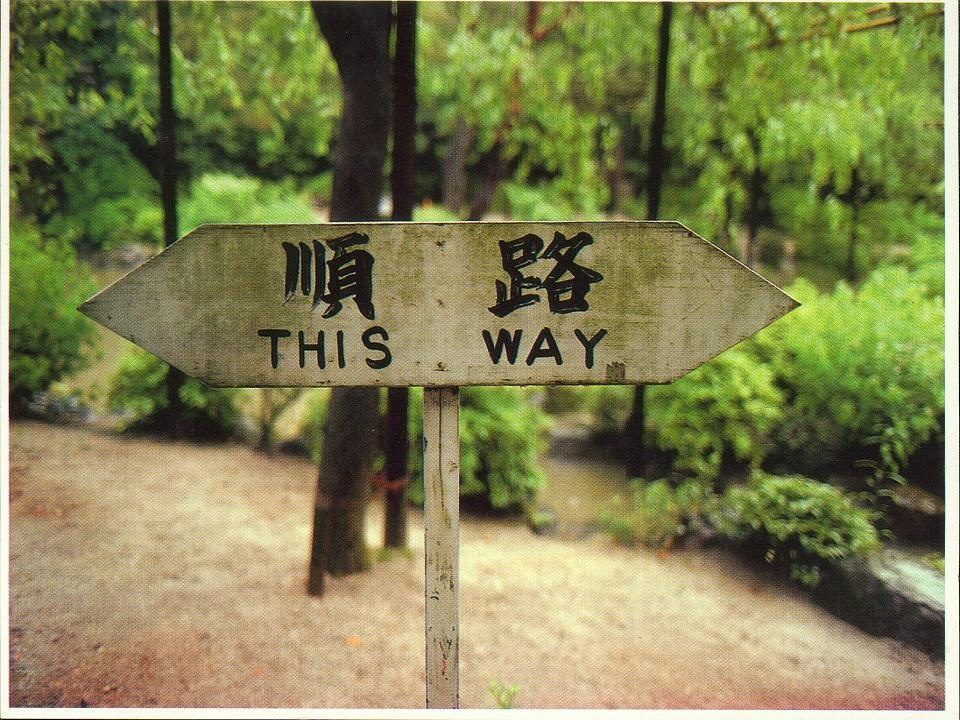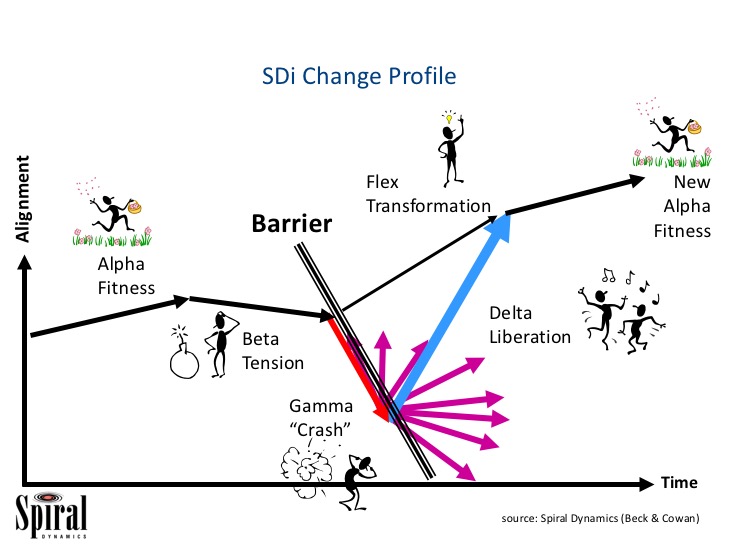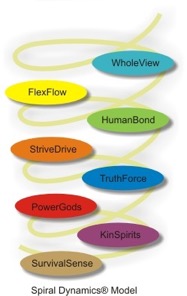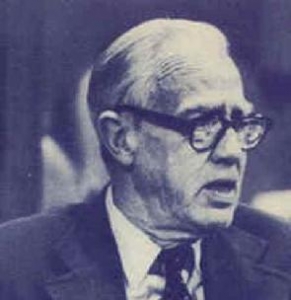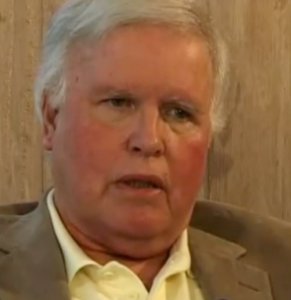Change and development
Change and development are two very common words in today’s society. Many individuals and organizations want to change and to develop. They are not satisfied with the way things are and would like to see a different, better reality. On one hand, our wishes to change are valuable because they show a tension between what is and what can be. Since the very beginnings of history, these wishes have been the very basis of our evolution. They have made society to what it has become today. On the other hand, despite our experience through the ages, we are apparently still struggling to realize successful and sustainable changes. You just have to look at all the well-meant change initiatives and development projects which are often aborted (too) early because they either created too little organizational support or didn’t create the desired effects fast enough.
Some of the most important reasons why changes are not permanent are because we do not always understand the essence of change and we have a hard time grasping the underlying change dynamics.
Or, in other words: What type of change do we want and how does it work in this particular context? Spiral Dynamics will give you in-depth insights in the essence and dynamics of change and can be useful to realize effective and appropriate changes both on a small scale and on a large scale. Please find a short explanation below.
Change Dynamics
Change Dynamics is one of the three fundamental pillars of Spiral Dynamics Integral. It gives us insight into how we change, why we want to change, what we can do to change, who has to realize the change, and from what (which current value system) to what (which new, current and/or old value system) we actually want to change.
SDi provides us with a common and understandable language to understand and apply the different components of change. SDi uses three indicators which give us a practical and insightful view on what is needed to determine when we need to do what and with whom in order to be able change.
The 3 indicators of SDi Change Dynamics are (in a chronological order):
- Change Conditions; Click here for more information on the Change Conditions.
- Change States; Click here for more information on the Change States.
- Change Possibilities. Click here for more information on the Change Possibilities
Applying the 3 indicators of SDi Change Dynamics
By applying the 3 indicators of SDi Change Dynamics, you can get the answers to the following questions (amongst others):
- Are individuals and/or system ready for change? What may still be needed to effectuate the change?
- In what phase of change and development are individuals and/or system?
- From what, to what do the individual and/or system want to change?
- Which interventions are applicable for this individual and/or system to realize the desired change? What is effective and what is ineffective for realizing the change?
- What is the natural next step (and the accompanying appropriate intervention) for this individual and/or system?
Every change is situational and tailor-made. To explain this in detail is out of the scope of this website. Please contact us (link to contact form) for more information. However, some of the insights we would like to share with you. You will find them below. For more detailed information about Change Dynamics, we would like to refer you to books (link to page books), articles (link to page articles), websites (link to page links) and videos (link to page videos/clips/SDi General).
What Prof Clare W. Graves says about change
- Human consciousness develops in leaps (both cyclical and dialectical) as a result of changes in life conditions people are confronted with.
- When the old level of consciousness does not suffice anymore, a period of confusion and frustration will follow (in relationship with the current life conditions)
- To deal with changing life conditions, a new level of consciousness will appear.
- Horizontal vs. Vertical Adaptation
- Individual vs. Collective Adaptation
- This new level of consciousness determines the organization (and reorganization) of life and society.
- Within levels of consciousness exist infinite possibilities and manifestations
- Life conditions determine which level of consciousness is the most appropriate (one Value System is not better or worse than the other….)
- Changes in consciousness is not linked to ethics, religion, culture, region, etc.
- Evolutionary change is never self-evident. The complexity of life conditions, the ability of emergence (development of new consciousness) and upbringing ((home & culture) determine people’s ability to develop new levels of consciousness.
What Dr. Don E. Beck says about change
- Every Value System has its own form to solve problems. The Yellow (Integral) and Turquoise (Holistic) Value Systems, however, contain the intelligences to macro-manage the complete set of human Value Systems.
- Every new Value system is born from chaos, in a non-linear way and can therefore not be explained from history.
- Every value system consists of its own unique paradigm and user manual for societal organization. The unique values and themes of every level express themselves, the same as a DNA-script does, in terms of life-style, economics, politics, religious and educational systems and the human perspective on relationships, marriage, sex, work, sports and environment.
- Humanity is capable of continuously developing new value systems (to awaken) without eliminating the old value systems;
- Changing life conditions can activate value systems in different ways. For example, changing life conditions can lead to the unfolding of a brand new value system or the manifestation of an existing value system on a larger scale. It is also possible that a changing context leads to the reactivation of an earlier unfolded value system or that a value system completely disappears to the background because it is not relevant in the current context anymore.
- Every value system comes in phases, like waves to a beach. A value system first emerges on a small scale (ENTERING), then it will have its ascending surge until it reaches its peak (PEAK), then it will break and recede. Finally, it will fade into the background (EXITING) while being replaced by another, for that moment more dominant, value system.
- In times of turbulence and chaos, we do not need to develop new organizations. We only need to create new ways of thinking. It’s not very useful to fight the existing reality. It’s better to create new systems, which contain more complexity, so old systems become redundant.
- When a new value system unfolds within a culture, the deep-seated codes from this value system will become emergent in the current visible manifestations in this culture (for example in religion, economics, politics, psychology, anthropology, philosophy, future perspectives, architecture, sports, etc.). This is why the codes of a value system are often interpreted in different and non-intrinsic ways. “There’s always new wine, always old wineskins.”
- Change happens in the inner world. As long as people do not collectively work on their inner world, the outer world will not change. Please watch this video.
- In all types of change, the Natural Design Principles are leading:
- HOW do WE (the facilitators) lead (motivate, manage, educate, influence, etc.) WHO (our customers) to do WHAT (interventions) for WHICH people (culture, group, etc.) who live WHERE (geographical location)?
- Or in other words: 1) WHERE are the people located that we want to support in the change? 2) WHAT is the higher purpose of the intervention? 3) WHO are these people? What are their capabilities? Their values? Their history? Religion? Etc. 4) HOW can we implement the desired change? 5) And from WHAT to WHAT do they want/need to change?

